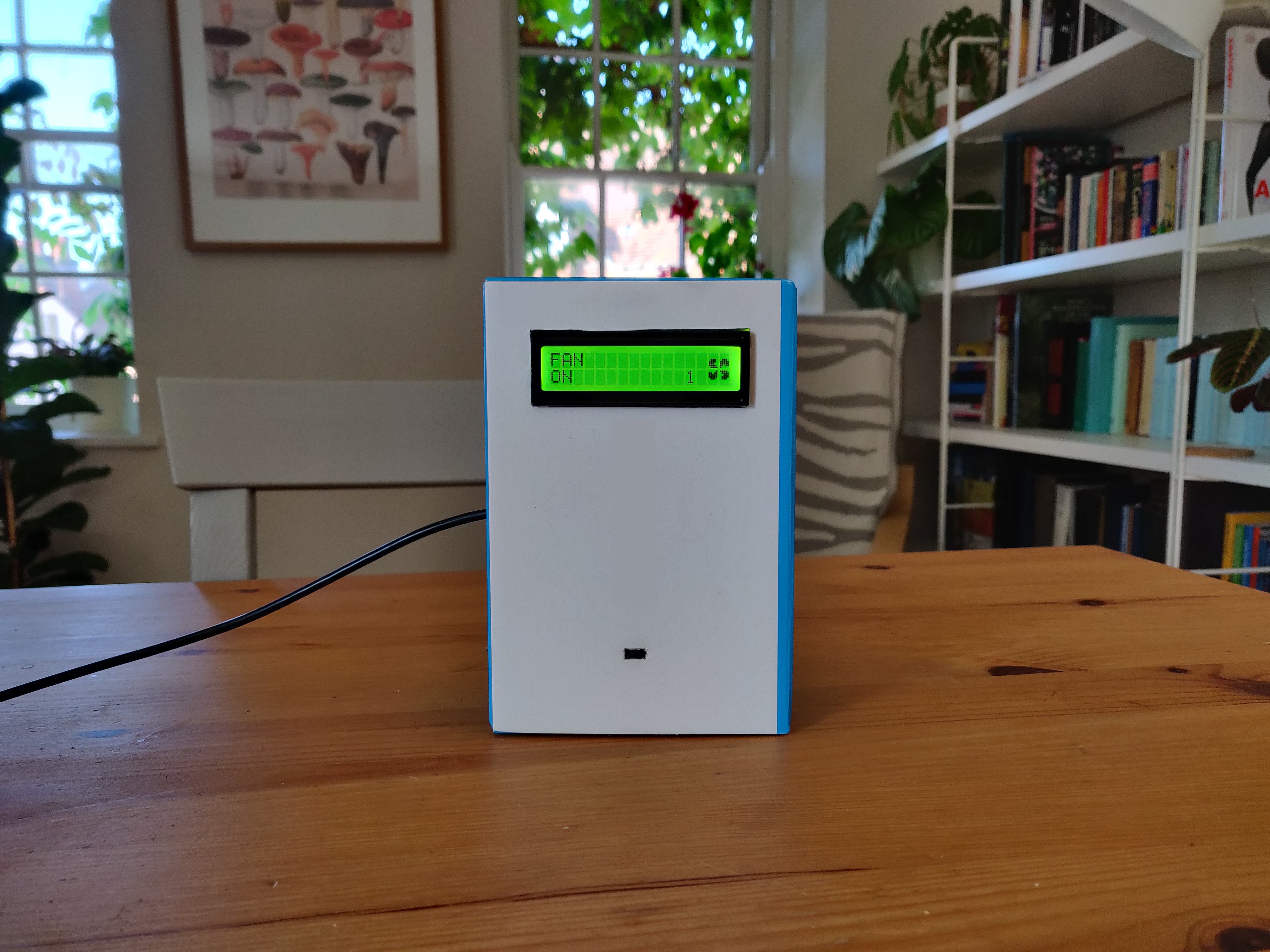COVID-19 Open-Source Innovation: Intangible Surface
The COVID-19 Detect and Protect Challenge is crowdsourcing open-source hardware innovations to tackle the disease. Every one of the 300+ innovations submitted is made freely available, with all instructions needed for others to build them. Here, we talk to a Grand Prize Winner, Swapnil Verma, behind Intangible Surface.
Tell us about your solution. How does it address a specific need around COVID-19 response/recovery?
I developed an intangible, gesture-based interface that can replace most of the touch-based buttons, knobs, and other media. A person will then interact with the digital world, such as a light, fan, or elevator, using gestures instead of touch.
A button is the most common medium to interact with the digital world. It could be as simple as a light switch or as complex as an elevator switch panel. They solve a lot of problems for us, but for viruses like COVID-19 they could be ground zero for infecting people. They could act as a catalyst in the spread of the viruses. To solve this problem, I designed the “Intangible Surface”.
The Intangible Surface supports nine different hand gestures which can be used to control almost anything. Swipe right to turn on a light/fan and swipe left to turn it off. Rotate your hand clockwise or anticlockwise to increase or decrease a fan's speed or change a light's intensity.
It can also be used for some complex interfaces like an elevator. Swipe up or down to call the elevator based on the direction you are going. Swipe or rotate your hand to select the floor. And the magical part is that all these actions are possible using just a single interface. There is no need for a separate knob to control the fan’s speed, or for multiple buttons to select the floor numbers.
What was the inspiration behind the project?
I love to make things. If it wasn’t for COVID-19, I would have been making something else, but I would have been making something. When COVID-19 started, I was eager to build something which would impact it in some way and that is when I found the COVID-19 Detect and Protect Challenge by UNDP and Hackster.io. This challenge compelled me to stop thinking and start doing.
The inspiration behind this project was simple: “Limit the spread of the viruses”, not just COVID-19 but all viruses. We can do it in many ways, and simply not touching a surface is one of those ways. We can avoid touching an essential surface, such as a door handle, light switch, etc. by using some form of protection like a hand glove or a stick but these solutions are not sustainable. Once the pandemic is over, we will again touch those surfaces with our bare hands.
The other way is to change the way we use those essential interfaces. This is a long-term solution and will protect us in any future pandemic. I chose the second option, and the Intangible Surface was born.
Why do you think open-source is so important in responding to COVID-19?
COVID-19 brought the world supply chain and manufacturing to its knees. Hospitals were struggling to purchase PPE kits, face shields, N95 masks for their frontline workers. Nasopharyngeal swabs used for testing COVID-19 were hard to find and hand sanitisers were out of stock.
That is when the open-source community jumped in to help. Overnight, digital CAD files were shared, and the 3D printer community started making face shields and other PPE kits to full fill shortage. They shared the recipe for making hand sanitiser at home. They built everything they could from a touchless soap dispenser to a ventilator. By making the knowledge open and accessible, the open-source community helped frontline workers in saving lives.
What impact do you hope to achieve with this project?
The solution I proposed is a long-term solution. I am still working on this design to make it better, robust, and feature-rich. I hope to see this design in the form of a finished consumer product and to be used like the way people use a button today. Making an interface like this mandatory at public places such as hospitals, airports, and offices could greatly reduce the spread of the viruses – that is the impact I hope to see.
What is one solution in the #COVID19DetectProtect challenge that you wish you'd built?
There are many solutions that I would love to build from the COVID-19 Detect and Protect Challenge, but if I have to choose just one then I would go for AI Digital Stethoscope. That solution is easy to build, cheap, and has the potential to solve a lot of problems.
About Swapnil Verma: Swapnil Verma is a software engineer by profession with a major in Robotics Engineering. He likes to build things that can walk, talk, and see.

 Locations
Locations